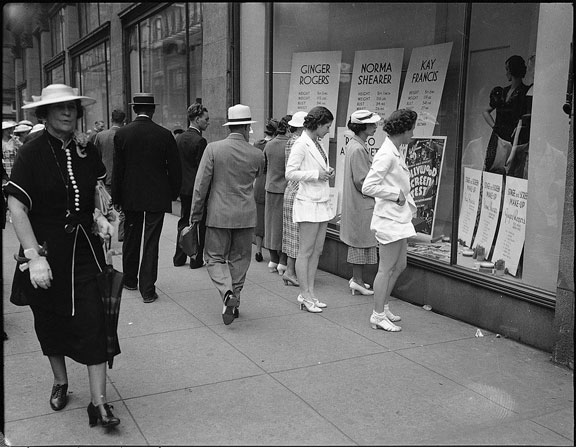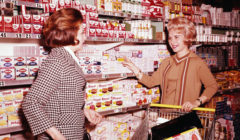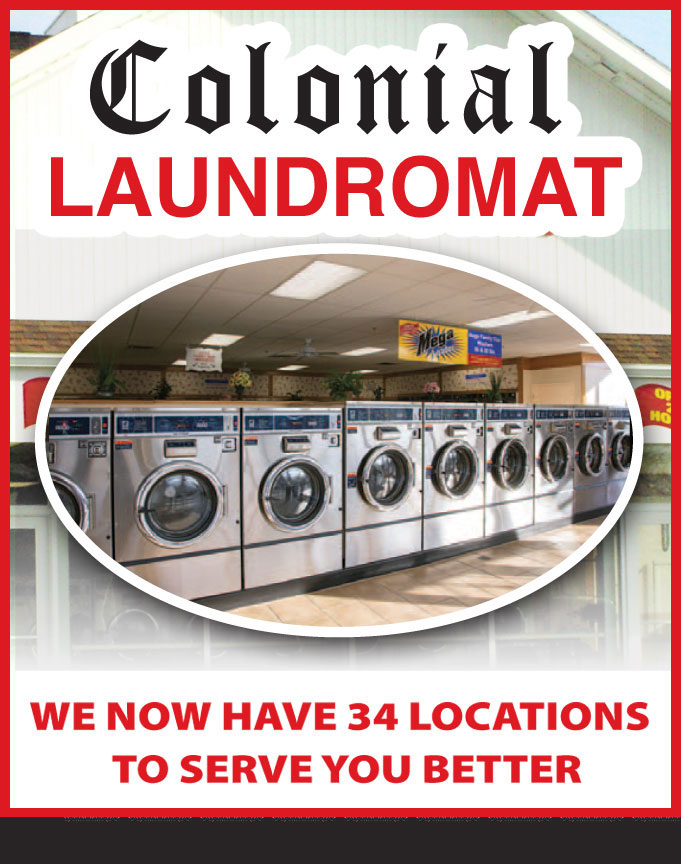How We Shop
Do you shop online? Silly question, right?
Actually, I know a few people who don’t, or at least, people who still enjoy the tactile and face to face experience of shopping in a store. But new entrants into the online selling world have made me wonder how long “bricks and mortar” are going to last, at least as it concerns certain types of shopping.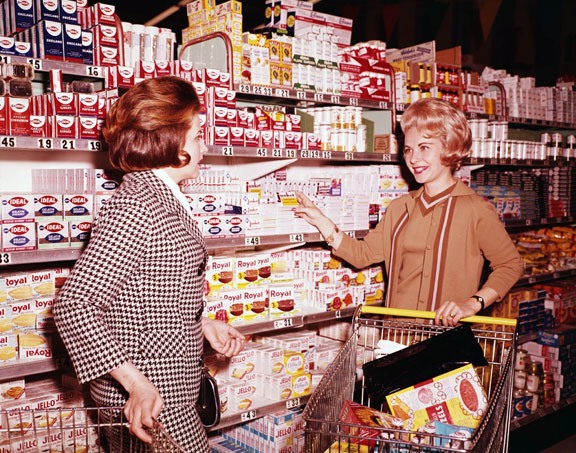
A few years ago, there were two television series that traced the history of merchandising magnates: The Paradise, and Mr Selfridge, both more or less biographical stories of men who invented the department store “experience” of the late 19th and early 20th centuries, which dominated shopping until the very recent past. The Paradise was based on Zola’s novelization of the life of Aristide Boucicaut, of the Bon Marche, and Mr. Selfridge was the owner of the famous Selfridge’s in London.
In each case, the story begins as the small novelty, tailor, milliner and shoemaker begin to be replaced with the “department store,” a big, one stop entertainment of a place where pret-a-porter fashion, food, notions, shoes —whatever you wanted, including afternoon tea— could be purchased, wrapped, and delivered all in one day. Resist though they did, and while some custom tailors in places like Savile Row have continued on to this day, the day of the small specialty shop ultimately bowed as a major force to the expansive, exciting department store.
Later, department stores stepped aside ever so slightly for plazas or shopping centers. Early on these were rows of storefronts, “anchored” by a large department store, and later the “departments” became small specialty shops again, but under a single roof in a mall.
Ikea made some inroads into the home goods market with a clever idea: you wandered a warehouse full of samples, chose what you wanted, and the boxes with the choices you made were delivered to your car (or your home) where you assembled them. The limitation here, of course, was how fussy you were about fabric, quality, and comfort. And whether you really wanted to build your table yourself.
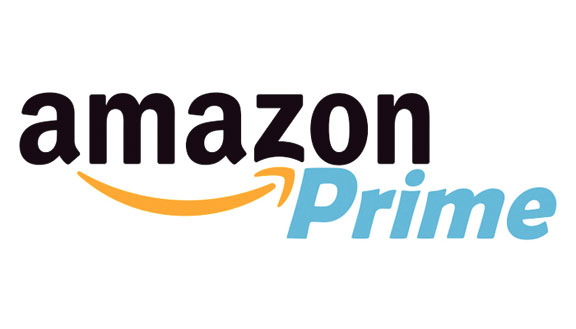
And then – Amazon. It really was the first significant entry into the online shopping experience, oddly enough offering the one thing that I still prefer to browse: books. But soon the now-behemoth online retail giant was offering anything and everything, and with the addition of Amazon Prime and 2-day delivery, the few downsides to online shopping disappeared: free shipping to subscribers, only a 2 day wait for merchandise, and easy returns if you were dissatisfied.
It occurred to me how solidly this change had taken over my habits when my sister suggested we stop at one of her favorite stores while I was visiting her recently. “What, like go in?” I was non-plussed. It was a bit like my first trip to the candy store: stuff sitting on counters and hanging on racks. Stuff you could pick up and look at, or try on. Stuff that just caught your eye as you walked by. Sadly, as much fun as it was to revisit “shopping,” I have eliminated most of my time budget for it, and if I can shop, choose,
purchase, and check out in 15 minutes – why would I spend an hour or more just buying stuff?
Of course fashion was one of the last of the giant retailers to be challenged by online purchasing: if I couldn’t try it on, how would I know if I’d like it? Didn’t I need to feel the fabric, and see the color in real light? Soon, purchasing applications made it easy to “see” your garment on a model of your proportions, and while color will probably always remain an issue for online purchase, immediate “leave it in the mailbox” returns make this a relatively small problem. Especially when the price is so right – and purchasing direct from manufacturers can make the price very enticing. As can shopping coupons which are wired into your browser, like Honey. This little extension notices that you’re shopping, and before you check out will hunt for coupons or best prices, allowing you to look all over the world for the best deal available. You can even ask it to watch for a price reduction if you’re really determined to get it cheap.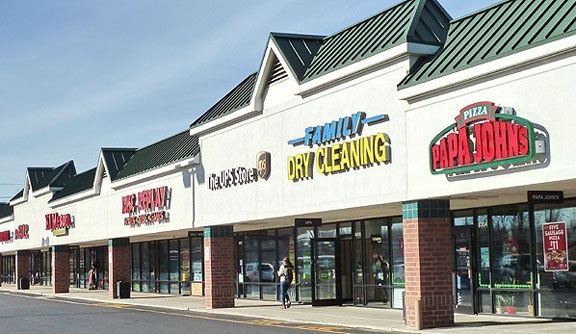
Recently, more and more grocery chains have opted for home delivery. This, in a way, is amusing to anyone of a certain age, as they might recall their mom phoning the corner grocer and putting in an order, which would be delivered, like the milk, to the doorstep sometime later that day.
The trip to the grocery store, however, was an event many homemakers of the 50s and 60s looked forward to, as it gave them a chance to show their stuff at choosing the best produce and instructing the butcher about a cut of meat, as well as an opportunity to run into a neighbor or friend and chat while waiting to be rung up. In big cities, though, shopping continued to be a chore – and I recall talking to a friend who had relocated to a city in Europe, who told me that they simply lacked the storage space for weekly or bi-weekly grocery shopping, and shopped for the day’s meal on their way home from work. So when home delivery of “FreshDirect” became available, again, I recall sitting in a friend’s New York City apartment when the delivery would arrive: two or three big boxes full of fresh, boxed, and frozen foods brought to the door.
And in that same city, it was common to order your dinner (or any other meal) for delivery from whatever style restaurant you desired. The big question was: what style? The menus were extensive, the prices good, the delivery time quick. Delivery wasn’t just for pizza any more.
At first, this type of grocery shopping and prepared food purchasing didn’t seem to make sense in smaller cities, but lately, the bigger food chains, restaurant and groceries, have begun to offer home delivery in smaller cities. Perhaps it’s a sign of changing times: people work from home more, the kinks have been worked out of home delivery, we’ve all gotten used to shopping online. Whatever the reason, having home delivery of groceries is now available, even here in Syracuse. And while we’ve been able to get pizza and Chinese food readily enough, either delivered or ready for quick take-out, now more and more restaurants are entering the “delivered to your door” experience.
As with most trends, though, we tend to circle around to the way we once did things, forgot, and re-invented. Perhaps we’ll continue to order online, but prefer to go pick up just so we can get out and smell the fresh air, run into a friend, walk around a bit, and experience the joy of shopping. Just a little more quickly and efficiently than we used to.